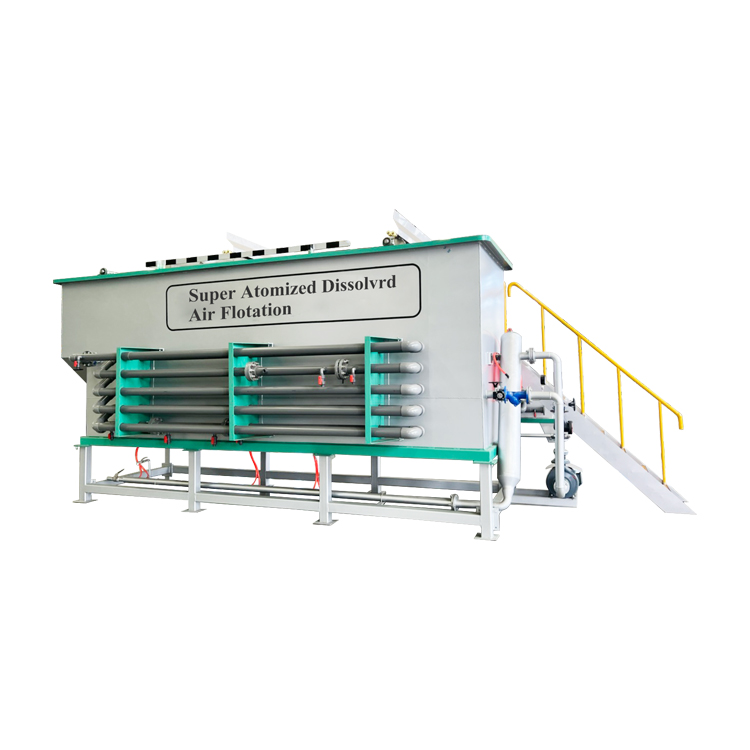What is a DAF used for?
DAF systems are commonly used for the removal of oils & greases and suspended solids to meet a variety of treatment goals including: Product recovery and reuse. Pretreatment to meet sewer discharge limits. Pretreatment to reduce loading on downstream biological treatment systems.
The treatment goals include:
Product recovery and reuse
Pretreatment to meet sewer discharge limits
Pretreatment to reduce loading on downstream biological treatment systems
Polishing of biological treatment effluent
Thickening of biosolids

One of the most common DAF applications is for the pretreatment of wastewater to remove suspended solids and oils and greases prior to discharge to a municipal sewer or a biological treatment system. For example:
A Pretreatment DAF can be used by an industrial discharger to meet specific limits for oil and grease and/or suspended solids set by a municipality.
An industry may need to use a Pretreatment DAF to remove contaminants (e.g, product solids, oils and greases, heavy metals, etc.) that would negatively impact a biological wastewater treatment system downstream.
In most cases, the wastewater contaminants must be chemically flocculated in order for the floatation system to remove them. Pretreatment DAF is used in about every industry class. DAF has proven to be very effective for the removal of biological solids from wastewa+K625ter streams. Some of the advantages over traditional, gravity clarification include:
Smaller footprint and more rapid implementation
Higher sludge solids content (4%TS vs. 1%TS) resulting in a much lower sludge volume
Ability to handle bulking solids that tend to float
More reliable effluent quality
